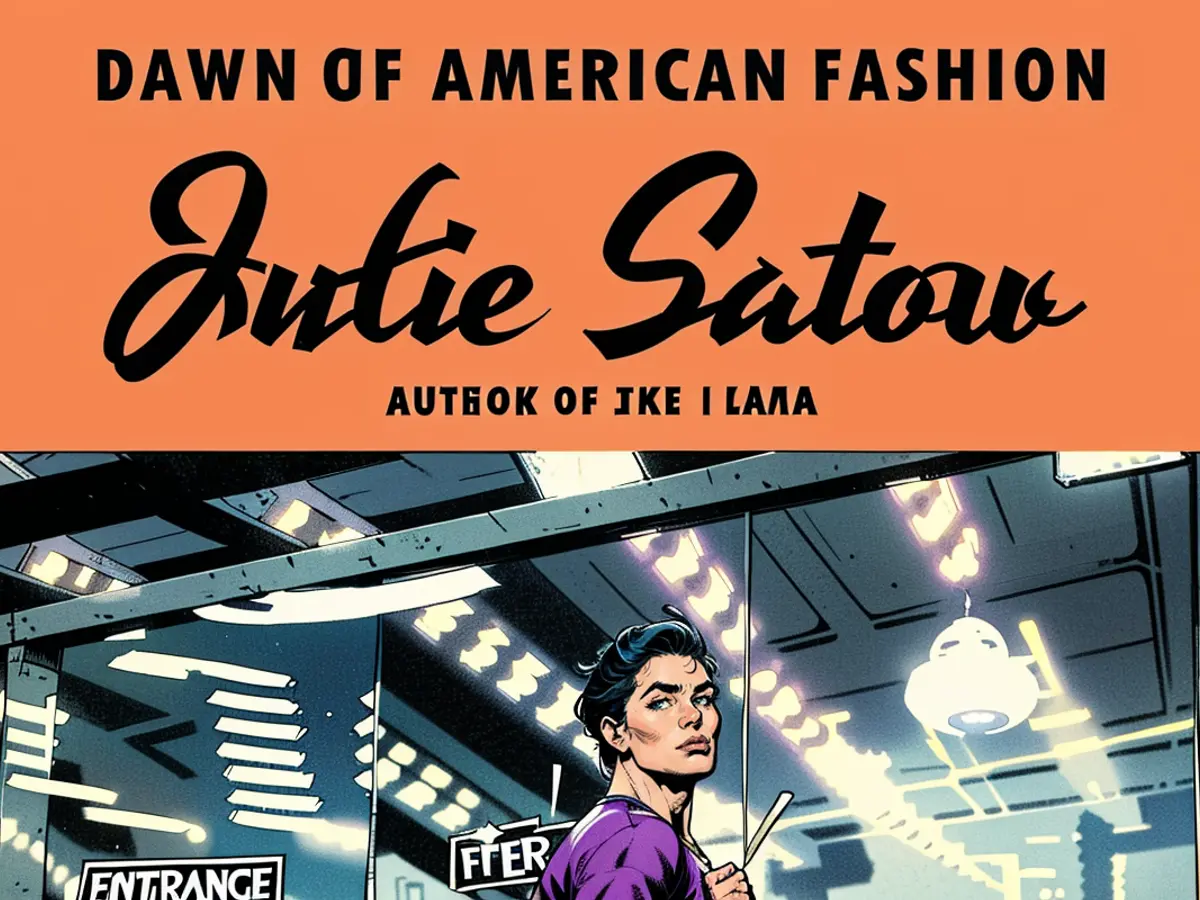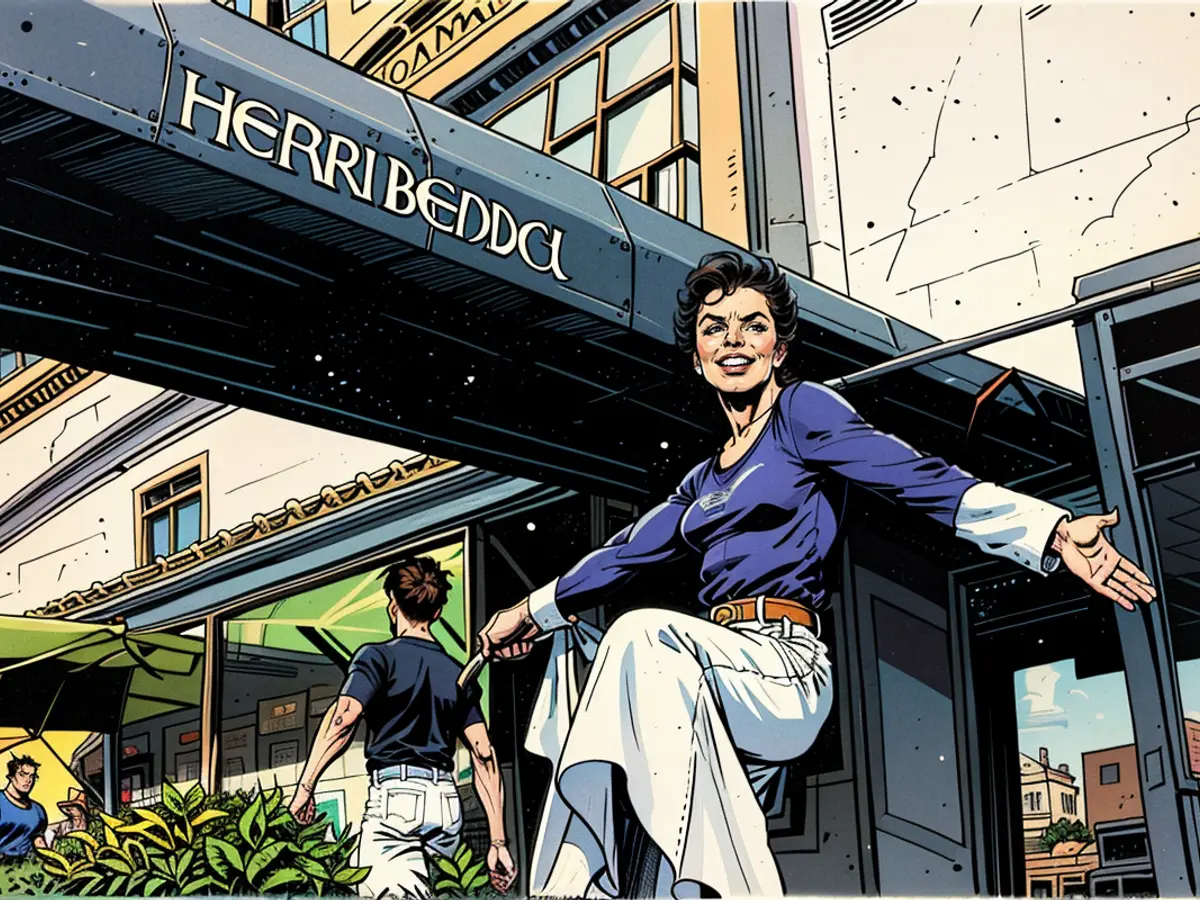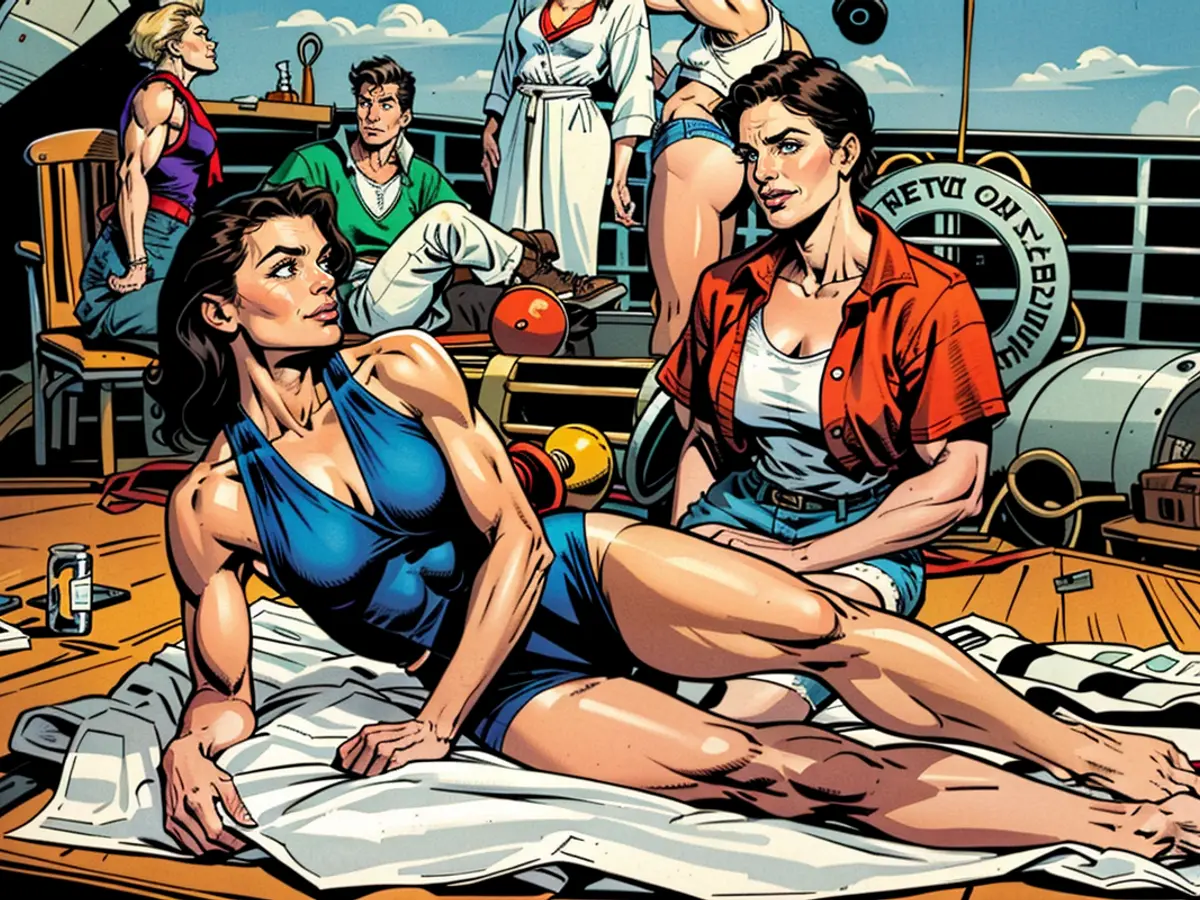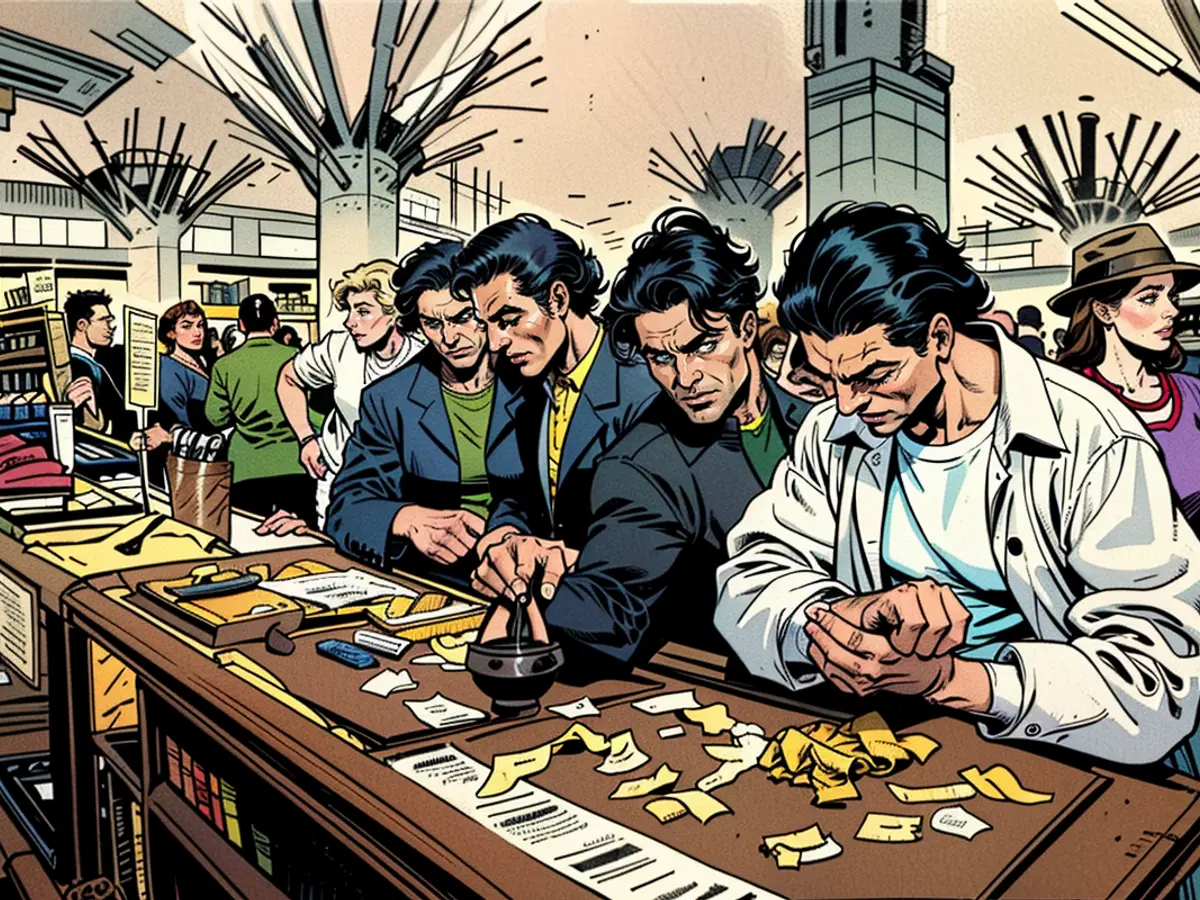Behind the allure of New York's famous department stores lie the women who make it happen.
These department stores might have been owned by wealthy men, but it was the women - Hortense Odlum at Bonwit Teller, Dorothy Shaver at Lord & Taylor, and Geraldine Stutz at Henri Bendel - who orchestrated their commercial and cultural success in America. These three women are the focus of Julie Satow's new book, "When Women Ran Fifth Avenue: Glamour and Power at the Dawn of American Fashion."
Department stores were places where women met, chatted, and fantasized about a more extravagant lifestyle. In Europe, there was Harrods or Liberty in London, and Le Bon Marché Rive Gauche in Paris, both popular places that transformed shopping into a social event. During the Depression to the Sixties in New York, Odlum, Shaver, and Stutz built their empires into similar fashion and cultural landmarks. Through her writing, Satow weaves together their stories to examine how department stores evolved alongside women's changing roles as leaders in business, how deeply our identities are intertwined with our shopping habits, and the significance of human involvement in the shopping experience, despite the threats of automation.
The author mentioned, "When department stores first opened, they provided one of the few opportunities for women to gather in public. It was almost like a fantasy world where women could come together for advice and a sense of community. Shopping was a sensory experience."
These women were not just shopkeepers but originators of a new tradition. For those behind the counters, retail jobs meant a taste of independence and the aspiration to pursue careers in retail, fashion, and hospitality. These women, too, achieved more significant milestones. Dorothy Shaver, for instance, was named "the No. 1 career woman" by TIME in 1947, a rare achievement at the time. This honor came as she oversaw a $40 million business, and when she passed away in 1959 - still president of Lord & Taylor - sales had soared to $100 million.
Shaver's legacy also extended beyond her role as a retail leader. She was a charter member of the organization for women in the American fashion industry, Fashion Group (now known as the Fashion Group International), and the pioneer of the "American Look," which revolutionized the American fashion industry in the 1940s by promoting less restrictive, affordable American clothing. Previously, Americans relied on European fashion or cheap knockoffs of Parisian-style garments.

"Women running department stores had an instinctive understanding that men lacked," Satow noted. "Hortense Odlum was all about making department stores a welcoming place... She saw herself as a hostess, in a way." This perspective can be attributed to her own experiences of struggling financially and her understanding of fashion as a status symbol.
As for Geraldine Stutz, she ventured into the retail business after a stint in fashion journalism, joining Henri Bendel in 1964 when they were on the brink of bankruptcy. There, she created the distinct boutique concept that is prevalent in the industry today. She divided the store into specific shopping districts, introducing brand sections within a single store. Within three years, Stutz doubled the store's sales and was inducted into the Fashion Industry Hall of Fame in 1985.
"All three women crafted a special aura and ambiance within their respective stores. Today, shopping isn't as immersive or experiential as it once was," Satow explained. "There's a hint of nostalgia for the golden era of department stores, a bittersweet feeling knowing that an era like that is no more. Now, thanks to platforms like Etsy and TikTok, almost anyone can launch their brand at a low cost."
To add: Watch "Mannequin" (1987) or read "The Women in Black" by Madeleine St. John (1993), a novel about saleswomen working in a 1950s department store in Sydney, Australia. Their personal and professional lives intermingle and become entangled in the politics of the womenswear section. This Australian classic has been adapted for film and stage.

Shopping is not just about buying products; it's also about connecting with others, finding inspiration, and carving out a space where we can feel confident and celebrated. These pioneering women knew this better than most. From providing opportunities for women in retail and fashion to pushing for more affordable, American clothing that reflected their national pride, they left a lasting impact on shops and their shoppers of that era.
In the '80s iconic film, Kim Cattrall portrays the role of a mannequin seemingly brought to life by the multi-talented Jonathan Switcher (Andrew McCarthy). This duo forms a partnership, both professionally as they create eye-catching window displays in a struggling department store and romantically. The twist to their story: Emmy, the mannequin, comes to life only for Jonathan. Is it absurd and over-the-top? Absolutely. Hollywood wouldn't have it any other way
Explore: "Dressing Dreams" (2025)
This bestseller in Korea, the debut novel (and first of a two-book series) from author Hana Lee constructs a whimsical story around, you guessed it, a department store peddling customers' ideal dreams. Rather than regular store floors with divisions like women's fashion or housewares, customers can peruse carefully crafted dream worlds — nostalgia, travel, fantasy, and even nightmares — in search of their ideal slumber. Promoting the worth of a good night's sleep like any skilled sleep salesperson would, the book also emphasizes the significance of high-quality shut-eye for the subconscious.

Witness: "The Mischievous Mr. Bones" (1942)
During the '30s and '40s, it was customary for department stores to secretly hire undercover shoppers and in-store detectives to monitor both customers and staff, identifying union organizers specifically. The 1942 film "The Devil and Miss Jones" appears incredibly insightful as it unfolds with John P. Merrick, a New York retail magnate, pretending to be a shoe salesperson in one of his stores after suspecting his employees are trying to establish a union. Opposite Mary Jones, a captivating salesgirl, he somehow manages to convince his boss to empathize with their cause.
Golden Tale: "Escentual Times: The Lives of Helena Rubinstein and Elizabeth Arden" by Lindy Woodhead (2004)
This exceptional biography of the trailblazing beauty icons Helena Rubinstein and Elizabeth Arden illustrates the journey of two strong-willed women as they build world-renowned beauty businesses while engaged in an intense battle of supremacy. The book is divided into alternate chapters that follow each woman's relentless pursuit of outdoing her industry rival.

Read also:
The fashion industry within New York's department stores was significantly shaped by women such as Dorothy Shaver. She became the "No. 1 career woman" in 1947 and revolutionized the American fashion industry with her promotion of less restrictive, affordable clothing. (Satow, when discussing Dorothy Shaver)
The women in charge of department stores understood the need for a warm and welcoming atmosphere, as exemplified by Hortense Odlum who saw herself as a hostess. (Satow, on Hortense Odlum)








